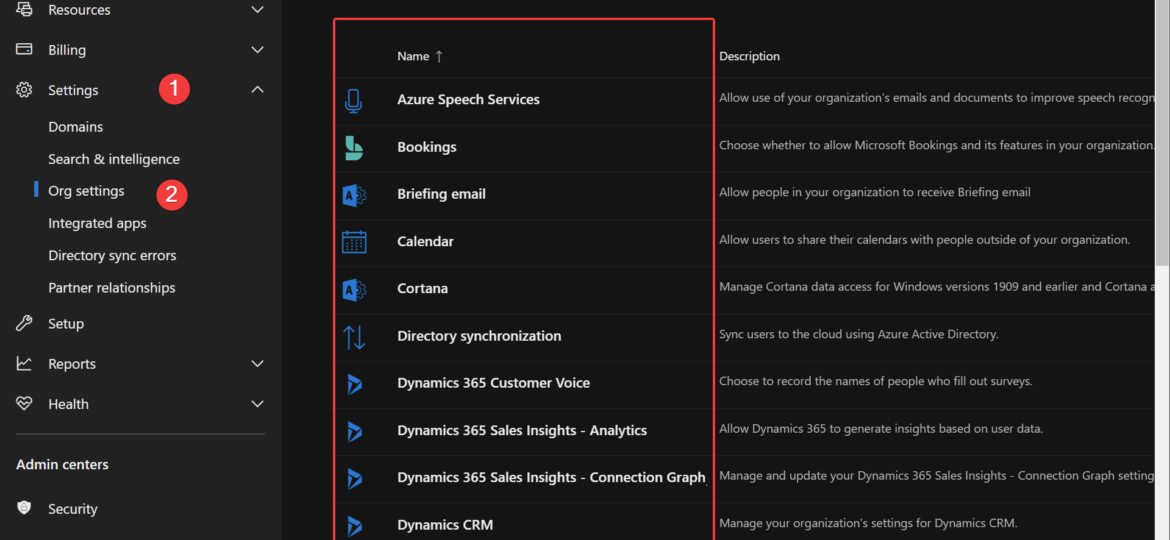When you’re using Office 365 and want to send an email, you have two choices SMTP or Microsoft Graph API, which is a “new” kid on the block. For some time, I’ve used Microsoft Graph exclusively to send emails in favor of SMTP as it’s much easier to manage and generally works over HTTPS. If you type in google “Send email graph API PowerShell,” you will get lots of hits as bloggers, and Microsoft has already covered this topic. It’s even more critical than ever because Basic Authentication is deprecated in Office 365. To help out with the transition, Microsoft even released its PowerShell module. With Send-MgUserMail proposed as a way to send emails via Graph API, you will notice it’s far from being easy & user-friendly. Over two years ago, I released a PowerShell module called Mailozaurr (some people may not like my modules’ naming – but that’s how I roll!). In a blog post, Mailozaurr – New mail toolkit (SMTP, IMAP, POP3) with support for oAuth 2.0 and GraphApi for PowerShell, I’ve shown a basic functionality on how to send emails using SMTP OAuth 2.0 or Graph API, which aims to be drag & drop replacement over Send-MailMessage and is supposed to be as simple as possible to send an email with a low effort and high readability. You can also read on sending emails using Graph API by Tony Redmond in his blog post Moving on from Send-MailMessage: Sending Email from PowerShell using the Graph API.
graph api
Office 365 is a huge beast. It has so many services that it’s hard to track all of them. It’s even harder if you want to manage Office 365 using PowerShell. Microsoft makes many different PowerShell modules available for you, such as AzureAD, AzureADPreview, ExchangeOnline, MicrosoftTeams, and recently, Microsoft.Graph. But even with so many different modules, there are still tasks that Microsoft won’t let you do from PowerShell. But it doesn’t mean that it’s not possible to do it. I’ve spent some time tracking how Microsoft does things while you click thru the interface and created an O365Essentials PowerShell module that can do it in an automated way.


